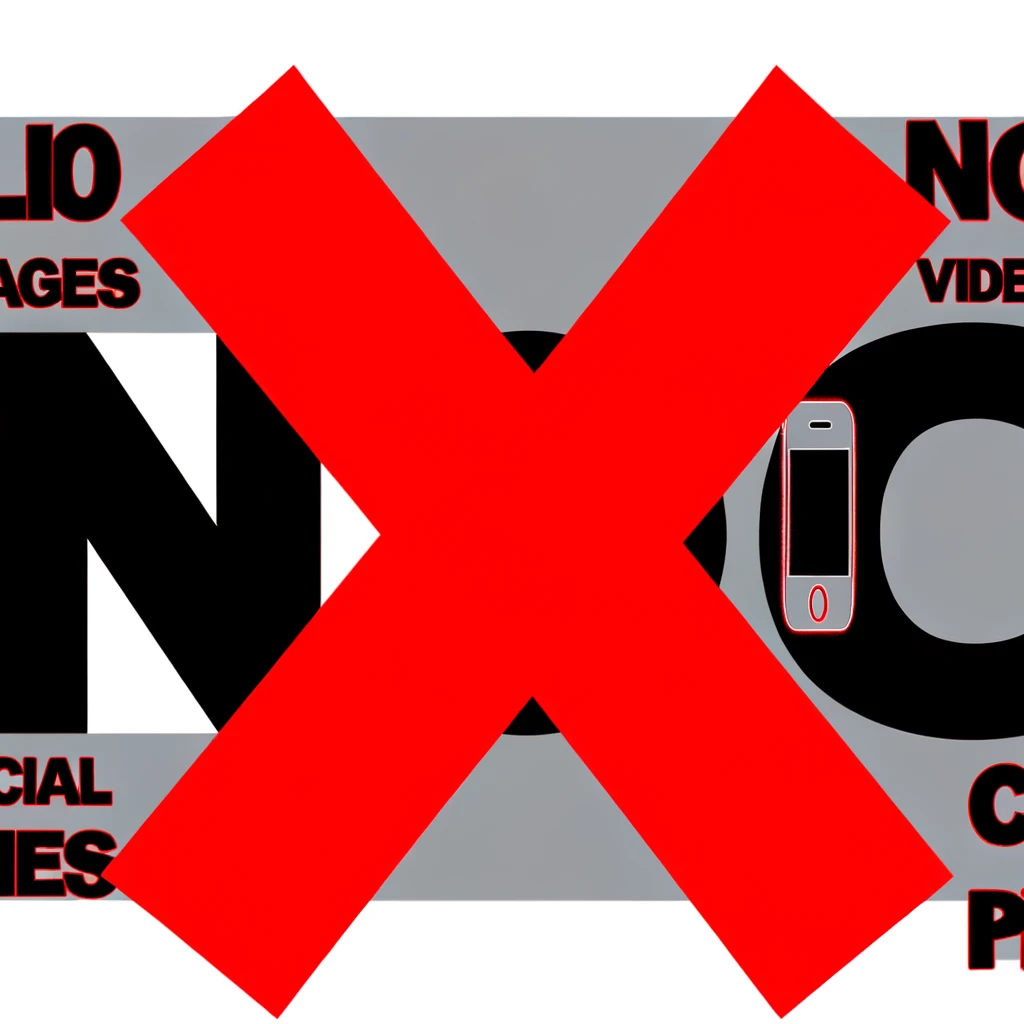I recently made a gamble on a little handheld wifi radio, the Ocean Digital WR-26F, which you can see in this video below.
I have always had a soft-spot for little hand-held radios of this basic form factor. I have an old non-wifi Grundig one in a box somewhere I have yet to locate that I used to carry around with me and scan frequencies wherever I was.
I should preface this by admitting that getting into wifi radio is totally an “old guy hobby,” but I accept that, given that my quaranteenth birthday just passed.
Anyway, I guess I never understood before actually trying it though the gap filled somehow by having this little physical wifi radio device, instead of listening to internet radio stations via other devices, like a cell phone (I don’t have one), or on desktop (I’ve done it in the past and it’s not the best experience), and on a Sonos (which I’ve done a lot of and don’t like that much).
I ran some experiential sound tests using a brand new Sonos Move 2 that I was looking to add to my system with an old Play:1. I compared Spotify, Apple Music with lossless activated, and Tidal.
Somehow this little device just sounds “better.” I sent the Sonos back.
There are many weird UX things about this Ocean Digital handheld unit, but overall I’m loving it because it is so focused and limited in its functionality. If you look at it, you wouldn’t necessarily be mistaken in saying that it looks like a “router with a speaker” on it. Which is, in effect, pretty much what it is.
Once you set it up with your Wifi network’s password, you’re off to the races wherever you have coverage. Which for me is both inside the house and pretty far outside the house. I can, for example, stick it inside my pocket and walk my dog provided we don’t go too far.
What I’ve re-discovered in it is some of this old wonder I used to have (nostalgia, to be sure) when I was younger, exploring radio frequencies from around the world. This box also sounds like a “radio,” without too much of (to my ears) that overly tinny digital quality of compression you seem to get when you hear internet radio broadcasts on “better” quality speakers. To be clear, something about the goodness of this little handheld wifi radio is that the speaker is sort of shitty? I would critique in a synaesthesia kind of way, that the overall sound feel is a little too “blue” to my tastes (I like a little warmer sound of FM and crackle and pop of AM), but I am pretty complainy about sound quality, and I just overall like it. It sounds fun by itself, and it sounds decent in headphones, and when you plug it out to a larger audio system as an input, it sounds even better quality.
I wouldn’t say all available stations are equal in terms of their overall sound quality (but that’s an issue of internet radio in general), but I would say that the limitations of the device are what make it so perfectly functional despite its areas for improvement.
Anyway, I’ve been using this device lately as a replacement for time spent (maybe purposelessly at times, admittedly) surfing the internet. Now I can surf the internet with my ears in a darkened room. It brings back the magic feeling of radio, but also the magic promise of the internet, as a means to connect to the things you love, that amaze or move you, instead of this vehicle to have an endless stream of products and opinions foisted on you for purchase or adoption.
I can listen with my eyes closed, floating in a sort of weightless sea of listening, scanning, hearing, finding voices, sounds, snippets, waves, vibrations. They move you through your ears in ways waves text and image transmitted via screen to your eyeholes does not. It feels more direct, this listening, more authentic. I like simply this mode of only listening, where in that sea and that space, I don’t need my voice, my reactions, my emojis to be sent back to the system. I exist in a moment of listening more purely in music, and sound for its own sake, the shape of things – more purely than I do when I open up Spotify and have to hunt and search with my eyes through countless menus and options and texts that I have to cipher out, but which always no matter what I do or what I choose or how much of something I listen to, the algorithm turns always back into endless recommendations for things its already forced me to listen to for death, for years.
Fuck the algorithm. I finally free free of it. Music is in the heart as an organ. The algorithm is whether I tune in or tune away, how loud the volume is, how charged the battery is. Who is listening, how they’re feeling, the mood of the moment.
Spotify – and it’s not only them, its the rest – always wants to manufacture a moment it perhaps as an algorithm meaningfully believes favors my likes and interest and past behavior patterns. But it doesn’t understand that importance of space, of spice, of serendipity, of scanning, of searching, of looking and listening with your eyes closed in the dark. Of finding something late at night from a far away place and liking it in an in-the-moment interaction completely free of the Artificial Hypespace(tm) features of always-present-always-watching social media rules of interaction and validation. Instead, it’s like the thing goes in through the ears, right to the heart. You like it or hate it. You tolerate it or move on, going back to other places and pastures you know.
I like radio. I always have. I have a now probably expired Technician Class amateur radio license in the US, and an I think active for life one in Canada at whatever they call the general level. I’ve never succeeded really at transmitting. I got on a local net one time via a copper J-pole that I built off instructions from YouTube, but that was the extent of my success. I think one time I was at least able to hear via a further away spot a repeater and my friend speaking via handheld Baofeng once. They couldn’t hear me over there though, and I haven’t messed around much with TX since then.
This wifi radio take all the complexity out of all that though, and just brings me direct to the center of the magic of radio, married to much of the best of the internet as well, with all the fluff and crappiness of social media more or less stripped away (though you can find some crappy web radio stations if that’s what you’re into; tangent – for some reason, idk why exactly, I find all the Alex Jones Infowars all the more offensive when I hear it in the wild landscape of web radio (it showed up in a Regional – Popular menu here).
The experience has me grasping for whether there are other technological ways, devices, whatever, that could sort of “tame the beast” of the internet of today, and give you the best/benefits of it, while simultaneously just sort of ignoring or actively excluding the now actively malefic influence of social media and the advertising industrial complex. I like the idea of tools where the kinds of interactions you don’t want to have online are simply just not possible, and you never have to worry about them. You can control and redirect your attention in better/happier/fitter/more/productive ways of your choosing, rather than a (societal) algorithm choosing them for you.
It’s a complex subject. I have highly conflicted feelings about technology and its impacts on human lived experience. On the one hand, I am a conscientious objector and life-long refuser of smart phone technology (I have a 2012 emergencies only flip phone in my car). On the other hand, I’ve self-published 120 AI-assisted books. So I’m probably at a pretty weird place in the spectrum of “right relationship to technology” things goes.
My position is that our current approach to technology is probably not the best one, and seems to have some highly negative somewhat deterministic outcomes. Which, while we can and should mitigate, will always yield dystopian outcomes at whatever scale of ubiquity/normality they achieve in the socio-technical assemblage (where the common should not always be taken as an indicator of the good), so long as the whole thing is operating under a system where human and environmental well-being are not the highest priorities.
Anyway, I started in one place writing this, and ended up in very much another, several others (and flipped through many web radio stations on my handheld while writing it). And that I think reflects also on the “radio-ness” of blogging as a medium. I can be a DJ of texts and associations. I can run and ramble, and mix together elements, and the reader listener can listen or not listen. We don’t have to talk about it. We don’t have to fight. We don’t have to throw angry emojis back and forth. We can just listen or not. You don’t have to follow me. You don’t have to like me on social media. I’m not on it. I’m only on anti-social media, because I know I’m my better me when I’m listening deeply. I can hear more, I can see more clearly with my eyes closed.








